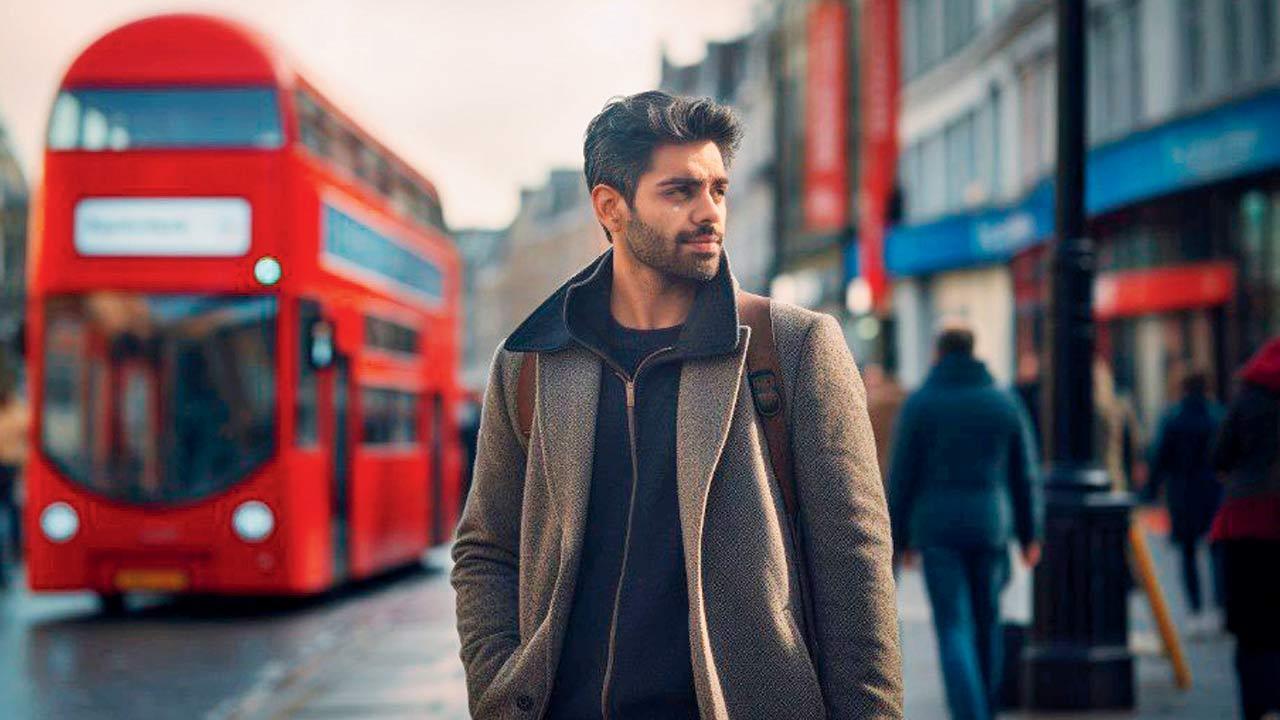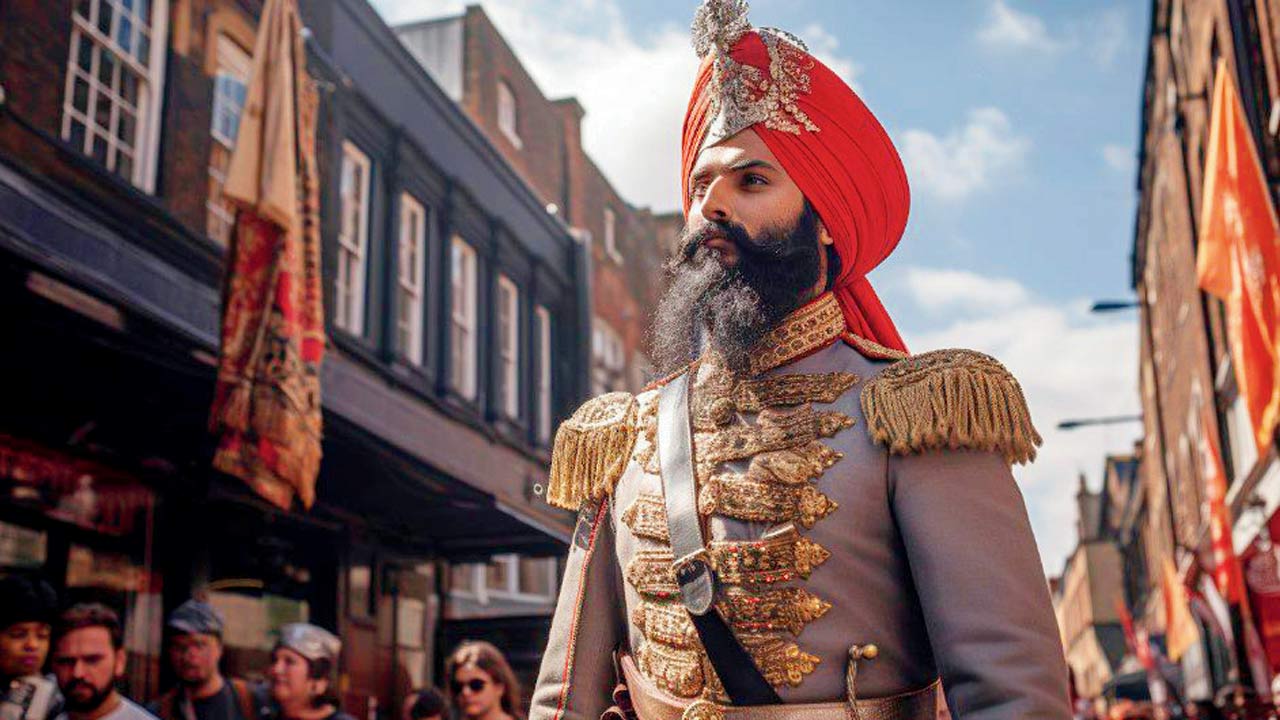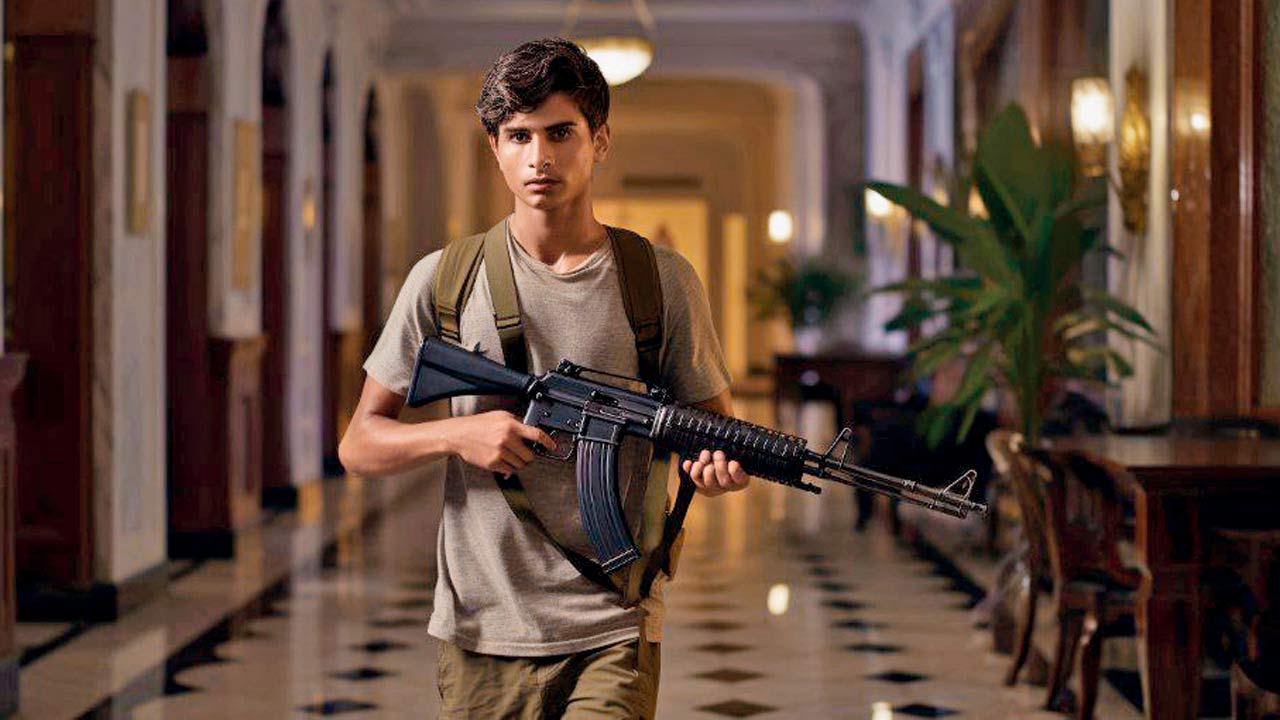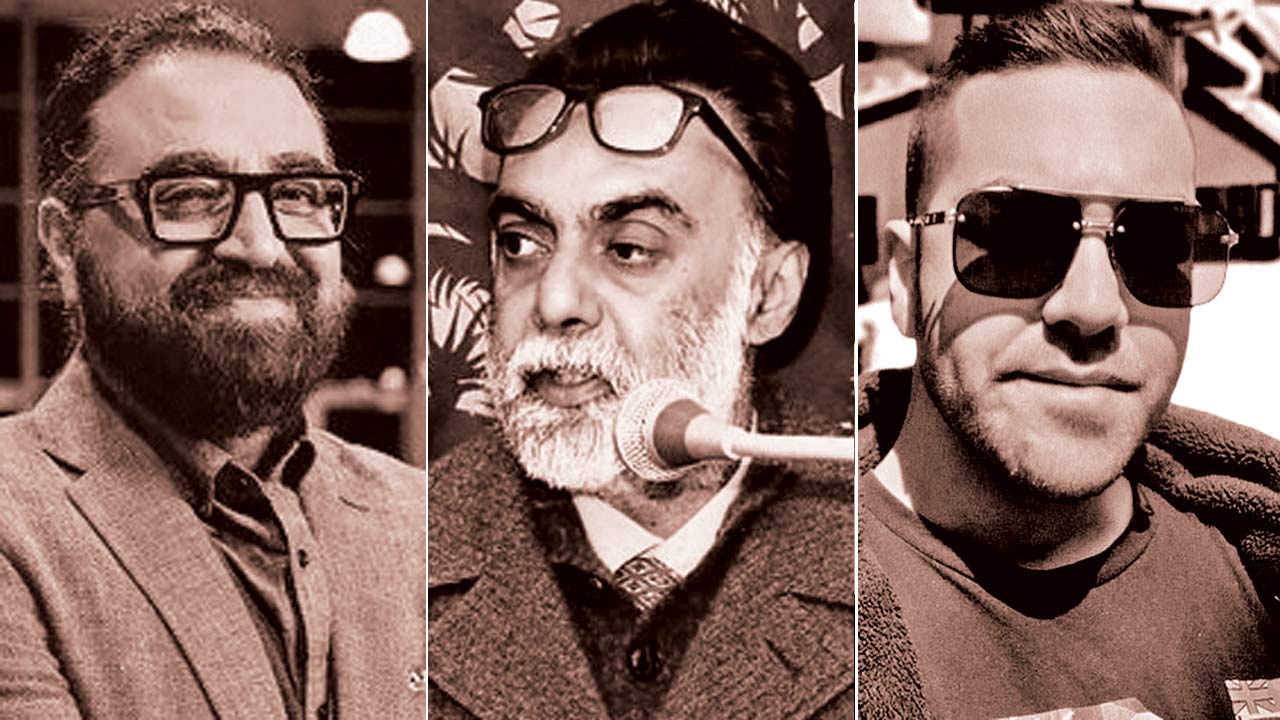How do you make a movie with no cast? As they make Maharaja in Denims purely using AI, Khushwant Singh and Gurdeep Pall decode the process, from achieving lip-sync to perfecting Indian features

Hari, an AI-created protagonist, believes he is the reincarnation of Maharaja Ranjit Singh
If veteran actor Ranjeet had his way, he would have launched his son Jeeva in Bollywood with the screen adaptation of the 2014 book, Maharaja in Denims. We’re told by young author Khushwant Singh that his book had even caught the attention of actor Arjun Rampal, who wanted to acquire its rights. But someone else entirely was destined to be this film’s hero—an AI-generated leading man.
ADVERTISEMENT
At a time when technology is improving by leaps and bounds, the Chandigarh-based author has decided to make what he believes will be India’s first AI-generated feature film. The idea, Singh admits, didn’t come to him organically. After penning the novel, he was thrilled when Ranjeet, Rampal and producer Guneet Monga Kapoor approached him for the adaptation rights. It was his cousin Gurdeep Pall—a former corporate vice-president at Microsoft, playing a pivotal role in shaping the tech giant’s products, services, and AI technologies—who sowed the idea. Singh recalls, “In March last year, Gurdeep told me not to renew [adaptation contracts of] Maharaja in Denims with anyone. Seeing how the technology was developing, he said we would be able to make a full-AI movie within the next two years.” Thus, in 2023, was born their company Intelliflicks Studios, and with it, the ambition of bringing this film to life.
 The film spans three eras—Ranjit Singh’s reign in 1839, India’s Partition in 1947, and the anti-Sikh riots in 1984.
The film spans three eras—Ranjit Singh’s reign in 1839, India’s Partition in 1947, and the anti-Sikh riots in 1984.
Humans shaping AI
They released the movie’s first trailer earlier this year; the two-minute video has not only AI-created figures, but also the backdrops and background score developed by different tools. “The first six months went in experimenting,” says Pall, adding that it took two months to get the trailer ready. Behind this is a core team that includes Singh, Pall, creative director Revant Bogra, and former journalist Palpreet Singh as the screenplay writer. “Palpreet completed the screenplay a month ago and now sits with the team at every stage. Lyrics will be written by a human. We’ve already commissioned the songs [to a composer]. We may train a voice for the songs and get someone to record it, but the symphony will be AI-generated,” explains Singh. Pall says that the background music is already generated by AI.
That brings us to the hard part, of actually executing the movie that tells the story of Hari, who believes he is the reincarnation of Maharaja Ranjit Singh, commonly known as the Lion of Punjab. What makes it harder is that the novel is set in three different eras, aside from the present day—Maharaja Ranjit Singh’s reign from 1801 to 1839, India’s Partition in 1947, and the anti-Sikh riots in 1984. Singh breaks it down for us, explaining that a team of five to six prompt engineers, under Pall and Bogra’s supervision, started creating the world from March 2023, using their patented software as well as those from different companies, including Runway, Midjourney and Stability AI. “We do a lot of discussion because each character has to be rendered. It could take two minutes or four hours. We keep making, adding, cutting, rendering, and adjusting the colour tones. We’ve passed the early stage. With tech advancement, we are now working on bringing emotions to the face, we’re able to turn their head, make them sway and do the kathak,” says Singh. Pall adds that they’ve sourced tech from different companies for various needs. “Some specialise in voices, others in still images, and some others in creating expressions.”
 The film touches on the 26/11 attacks
The film touches on the 26/11 attacks
Desi-videsi dilemma
The challenges too are many; some expected, others unforeseen. While perfecting lip-syncing to long dialogues is one example, Singh highlights another facet. “AI is very well-tuned with the western model. To get Indian faces, colour, and features [was difficult]. Now, we’ve rendered a Kashmiri woman, as Maharaja Ranjit Singh was in love with one. She has turned out beautiful. Also, the software would exhibit a cap when we were trying to get the Sikh turban. It’s not a topi, it’s a kalgi and has a certain design to it,” explains Singh.
The team plans to release their passion project, with a runtime of 100 minutes, in June 2025. With that deadline in mind, the team targets a specific number of scenes, to be completed in a month. “Some scenes can be difficult, and my creative engineer will say he requires more time to make it come alive. For instance, to make a person come out of the car [can be difficult because it involves motion] in different angles. When I saw the Partition scene, I asked my creative engineer where he found such a moving picture [to form the base]. The scene is recreated by AI after picking up data that is available, and then smartly matched with various prompts and software.”
 Gurdeep Pall, Khushwant Singh and Revant Bogra
Gurdeep Pall, Khushwant Singh and Revant Bogra
It goes without saying that AI drastically reduces the cost of filmmaking. But to Singh, the bigger benefit is that it will “democratise creativity”. “Everyone said that a movie, which depicts three eras, will require [a budget of] about Rs 80-Rs 100 crore. If I had gone with that, I would have been stuck with [production studios] taking time. Plus, 70 per cent of the movie cost would have been the actor’s fee. Imagine if that is eliminated, we can make so many movies!”
That is all in good time. For now, as Maharaja in Denims is about 25 per cent complete, the author-filmmaker emphasises that the movie is a means to showcase new ways of filmmaking. “You have to look at it like the first movie ever made. You cannot compare it to contemporary movies. It will have its limitations. But if the technology picks up, there will be a phase when we might even create AI superheroes!”
What is it? Maharaja in Denims is an AI-generated film, adapted from Khushwant Singh’s book of the same name. Set to release in June 2025, the author believes it will be India’s first AI feature film.
How it works? Creative director Revant Bogra and his team of six prompt engineers create scene after scene, using their patented software as well as those like Runway and Midjourney, as per the narrative. Each scene is created by AI after picking up relevant data that is available online, and then matching it to the current need.
Who it benefits? Singh argues that making a period film like Maharaja in Denims, which depicts three eras, would have easily cost Rs 80-Rs 100 crore. In contrast, employing AI is cost- and time-effective. He also states that the bigger benefit is that it democratises creativity.
 Subscribe today by clicking the link and stay updated with the latest news!" Click here!
Subscribe today by clicking the link and stay updated with the latest news!" Click here!







